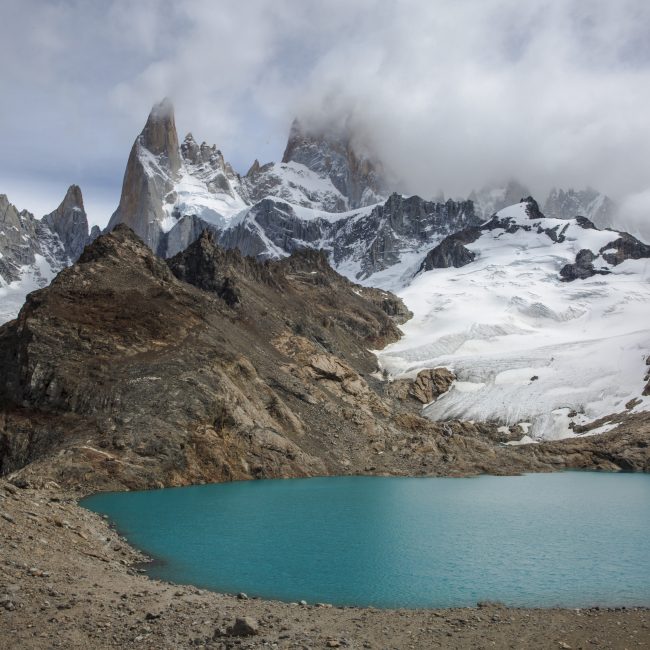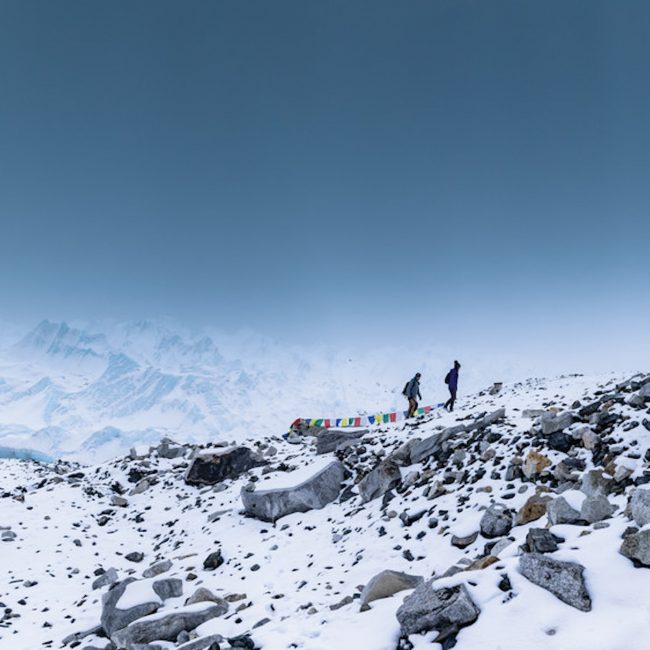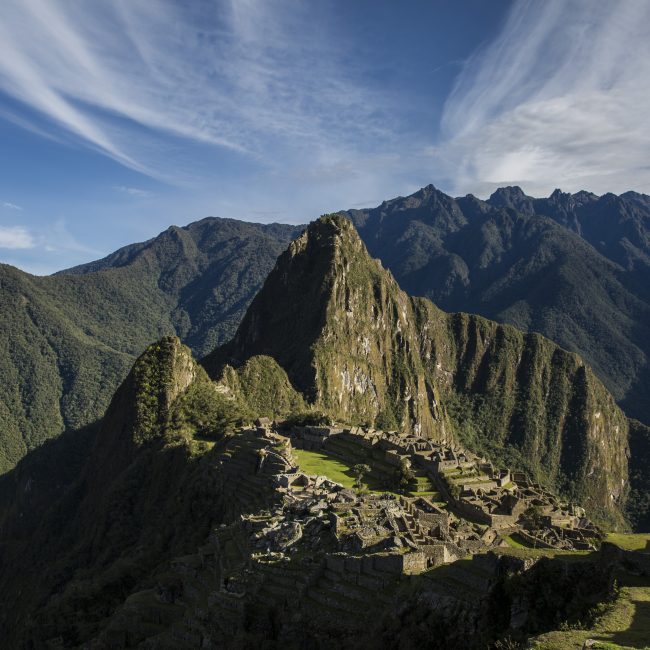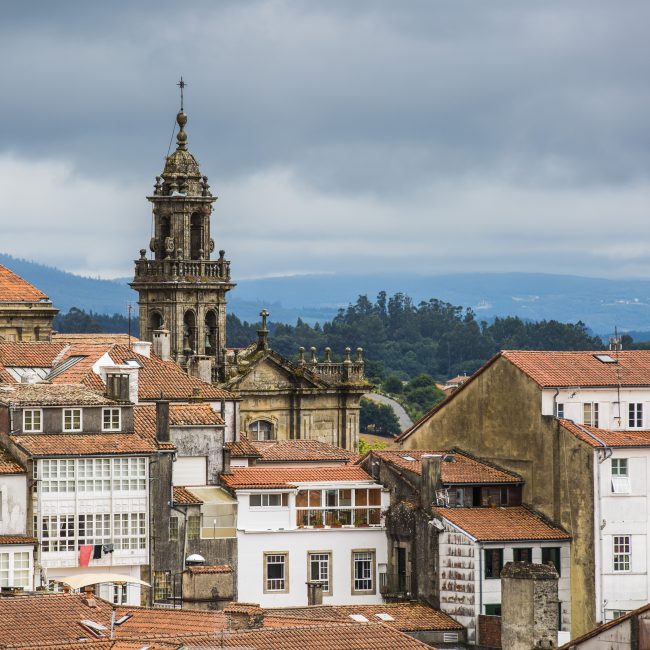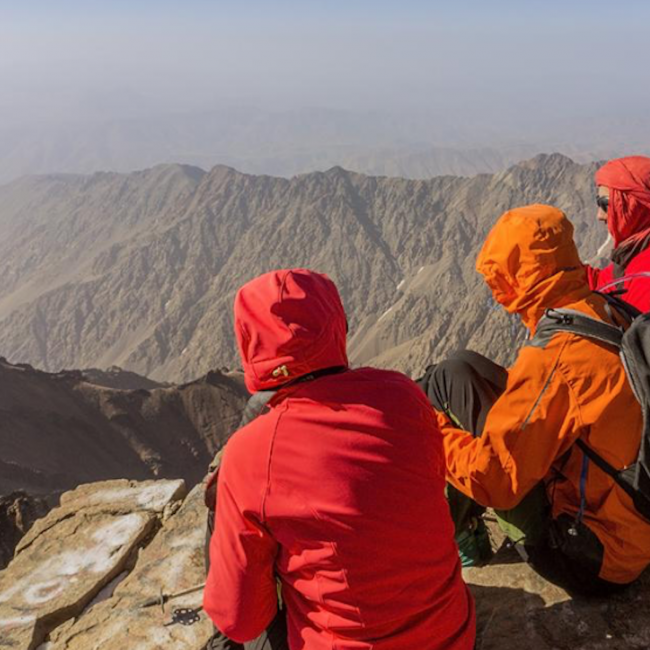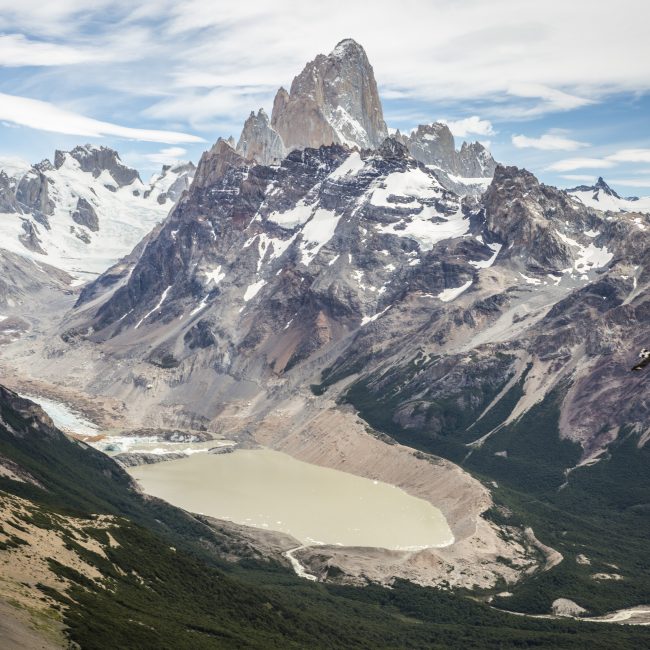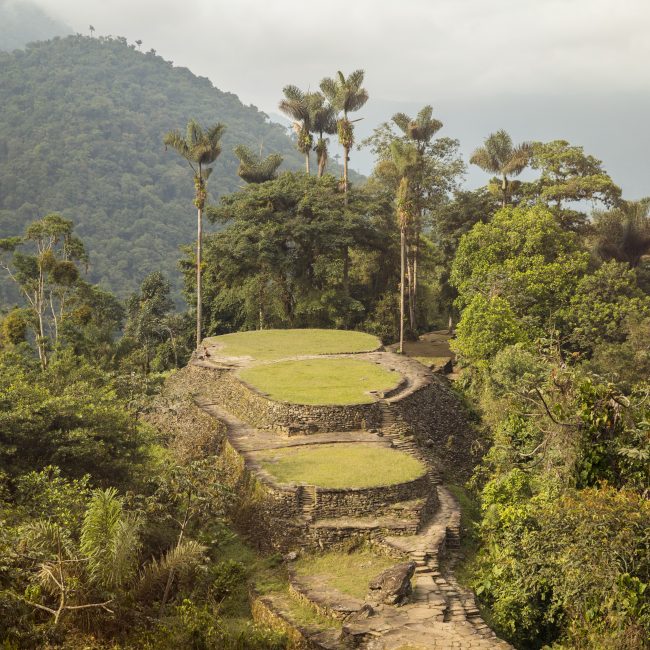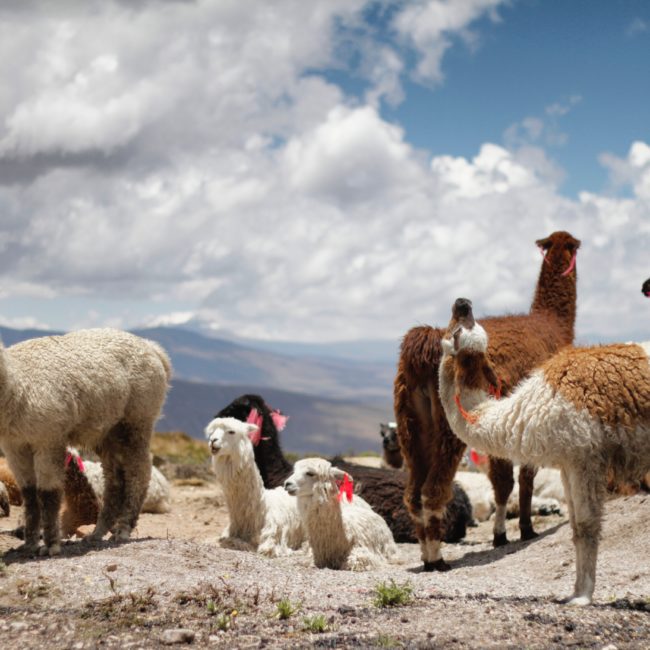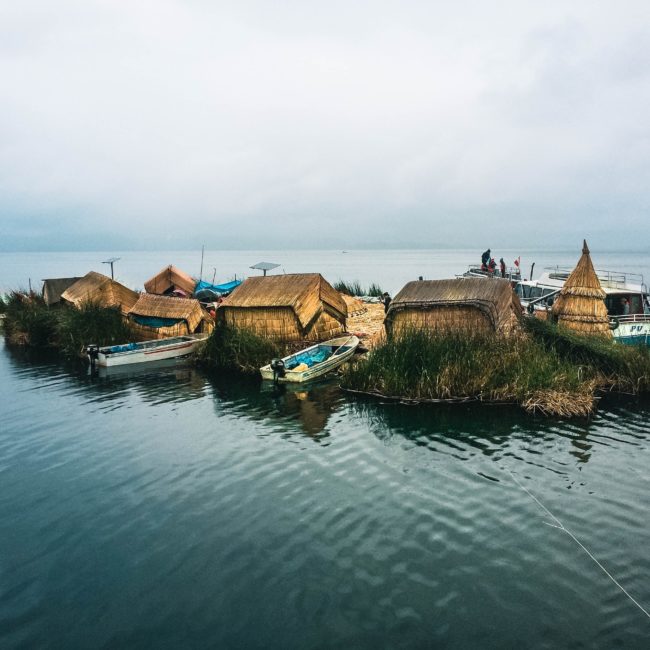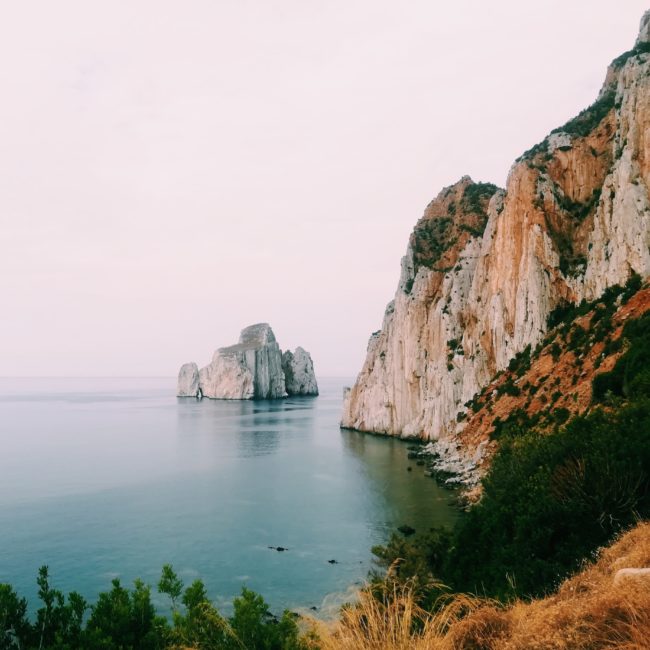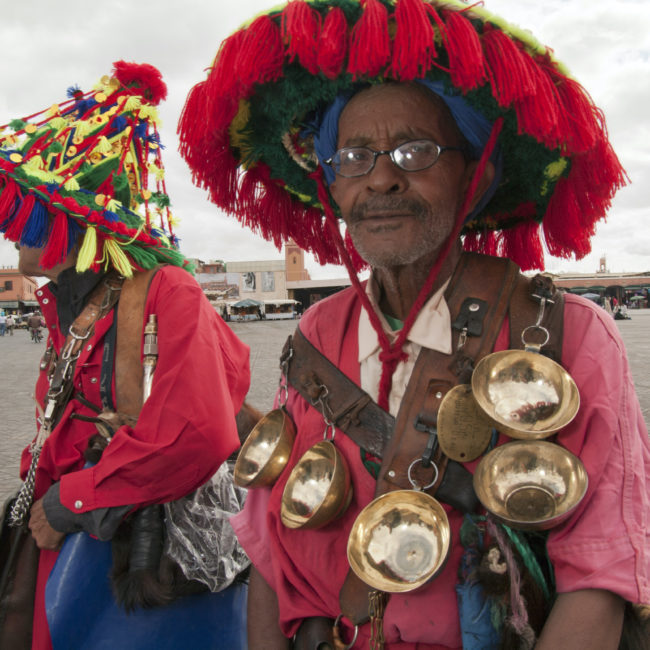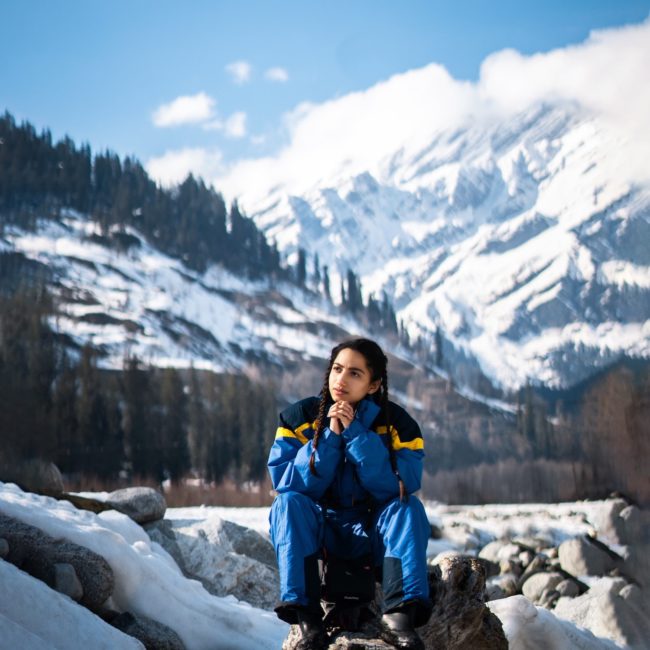The World reveals itself to those who travel on foot.
– Werner Herzog!
The most amazing views are at the end of long, winding, dangerous trails.
Bring nothing but your sense of adventure! We provide you with everything else. Walking through the wilderness of Patagonia, the ancient Inca Trail, or through more serene and peaceful locales like the verdant mountains in the Philippines is an experience you shouldn’t miss. Stretch your calves, put your foot in front of the other, and stroll the world.
Choose your trek!
Don’t see what you’re looking for? We have something customizable just for you.
Frequently Asked Questions
On all of our hikes, your accommodation is pre-booked and your luggage is transferred from one point to the next depending on how logistically extreme your trek is. All you have to carry is carry a daypack that contains water, any snacks or gadgets you may want and a few layers to keep you dry and warm. This means you get to enjoy the best of hiking without any of the hassles.
Of course this is a general overview. Essentially we take the hassle out of the planning. Trip itineraries and logistics all vary slightly.
We offer an extensive range of both small group and self-guided trekking itineraries all over the world that cover everything from one-day hikes through to itineraries spanning to 37 days. Armed with route notes and maps, self-guided walks allow you to explore at your own pace and are perfect for those wanting more independence. Or, if you want to concentrate more on the scenery, join a small group and explore with new friends. All your accommodation will be pre-booked, and your main luggage will be transferred between properties – so all you have to do is strap on your daypack and enjoy the walk!
The majority of our tours contain some type of guiding component. So even if you are going on a private trip we have someone available to assist with any questions logistical components that may pop up last minute.
Walking
If conquering mountain peaks and fighting the elements sounds a tad extreme for what is, essentially, a holiday – never fear. We’ve got a range of walking trips designed to stretch the legs without making them feel like they’re about to fall off. Hike the grasslands of northern Thailand, wander through rice paddies in Mai Chau or amble along Turkey’s famous Lycian Way. It’s a simple recipe: fresh air, the wild outdoors and not a basecamp in sight.
Trekking
When does a walk become a trek? Probably somewhere between your first yak sighting and that moment when you realize all this mist is made of clouds. Our trekking trips cover some of the most famous routes on the planet – Kilimanjaro, Annapurna, Basecamp, the Inca Trail – but that doesn’t put them out of reach for the eager novice. All you need is a sturdy pair of boots, a bit of pre-trip training and the best guides in the business. That’s where we come in.
We have treks ranging from relatively easy to rather challenging. But no matter what degree of difficulty or distance you choose, we recommend that you have a reasonable level of fitness to ensure that you get the most out of your experience. Try to commit to some type of physical training program around six weeks before you depart. Here are some suggestions: Long walks: go on some long walks of 3-6 hours duration before you leave, wearing the boots you’re taking and carrying a small backpack to get comfortable with carrying your gear for long stretches. Aerobic exercise: running, distance cycling and the various aerobic classes offered at gyms (like pump, spin, zumba and circuit classes) all help to give you fitness and stamina. Strength training: doing body weight training like pushups, squats, dips, lunges, etc. helps to build up your muscle strength, which is needed for the steady climb up a mountain if you’re embarking on this type of hike (bootcamp sessions are perfect for this type of training).
If you want some type of privatized fitness program, please let us know. Realistically we are going to make sure you feel trained up before heading out on your journey.
You’ll need a comfortable daypack to hike with during the day and another piece of luggage (preferably not too large) for the rest of your gear to be transported or carried by porters or Sherpas (this depends on the trip you choose). Sturdy, good quality and well-fitted hiking shoes will make the difference between a great trip and terrible time – make sure you break them in before you go to minimize blisters. We will be checking in with you to make sure that you are well equipped before leaving and our guides will also check once you are in country.
On some of our hikes you will encounter high altitudes. When climbing above 2,800 meters (9,200 feet), it is common for travelers to experience some adverse health effects due to the altitude, regardless of your age, gender and fitness. It even happened to Sir Edmund Hillary!
There’s no real way to tell how your body will react to the rigors of altitude trekking, so it is important that you monitor your condition and discuss any prevailing symptoms with your guide. If you have any pre-existing conditions that could be exacerbated by high altitudes, be sure to get them checked out by a doctor before you leave.
But above all, try not to worry, most of our travelers shake off the effects of altitude pretty quickly and enjoy a safe and rewarding trek.



